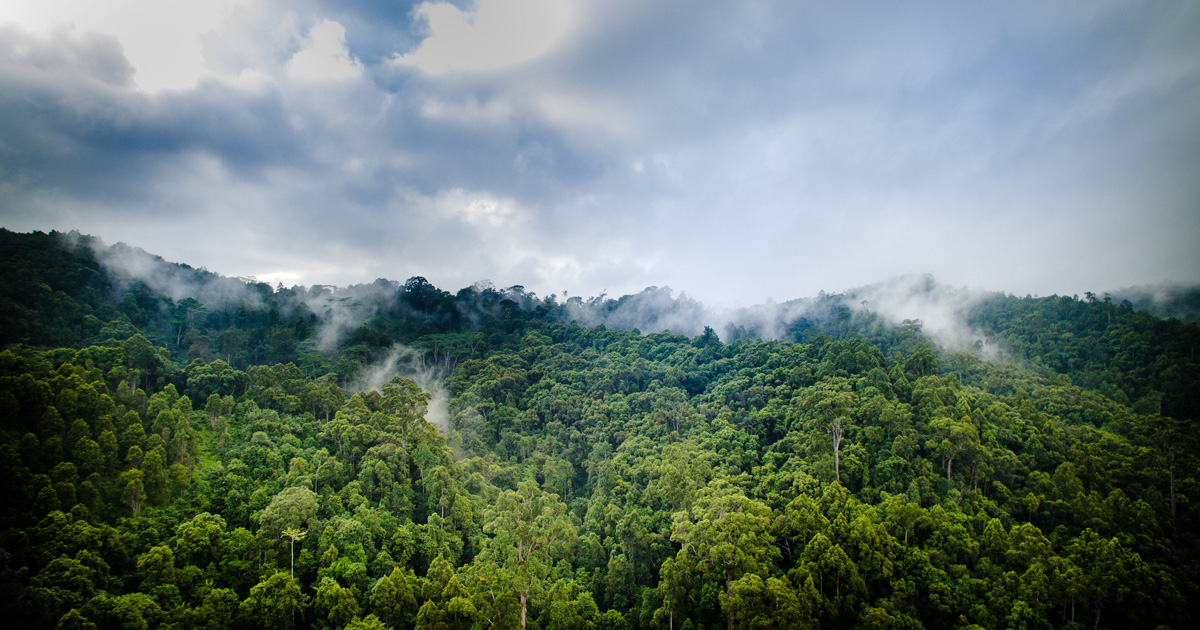A comprehensive assessment of soil organic matter (SOM) dynamics in semi-arid agrosystems implementing soil and water conservation (SWC) measures is still lacking despite their extent, ecological and economic significance. Therefore, we assessed the long-term impact of a commonly used SWC technique (Fanya-juu terracing) on SOM-related properties in South Eastern Kenya. A soil sampling campaign was conducted in a replicated stratified random manner on three land uses that had been continuously managed for over 30 years. Samples were analyzed for organic carbon and nitrogen contents, d13C, d15N, pH and texture. Compared to sites implementing conventional agriculture, the establishment of SWC structures in this erosion-prone landscape resulted in the recovery of SOM levels comparable to those observed in neighboring semi-natural ecosystems. Sites under conventional agriculture practices contained 20 Mg C ha- 1 (0.85 m), while sites with SWC measures and those hosting semi-natural vegetation stored above a third more. There were significant differences in soil C/N ratios as well as in d13C and d15N values between SWC cultivation practices classified according to the presence or absence of trees. The presence of woody vegetation in sites with SWC structures had a strong impact on the spatial variability of SOM-related properties. There was also a significant negative relationship between d15N values and C/N ratios across the different land uses. Our findings indicate the existence of contrasting SOM dynamics caused by vegetation-related effects, and provide suggestions for enhancing SOM storage in agricultural sites implementing SWC measures.
DOI:
https://doi.org/10.1016/j.geoderma.2016.03.022
Altmetric score:
Dimensions Citation Count:
























